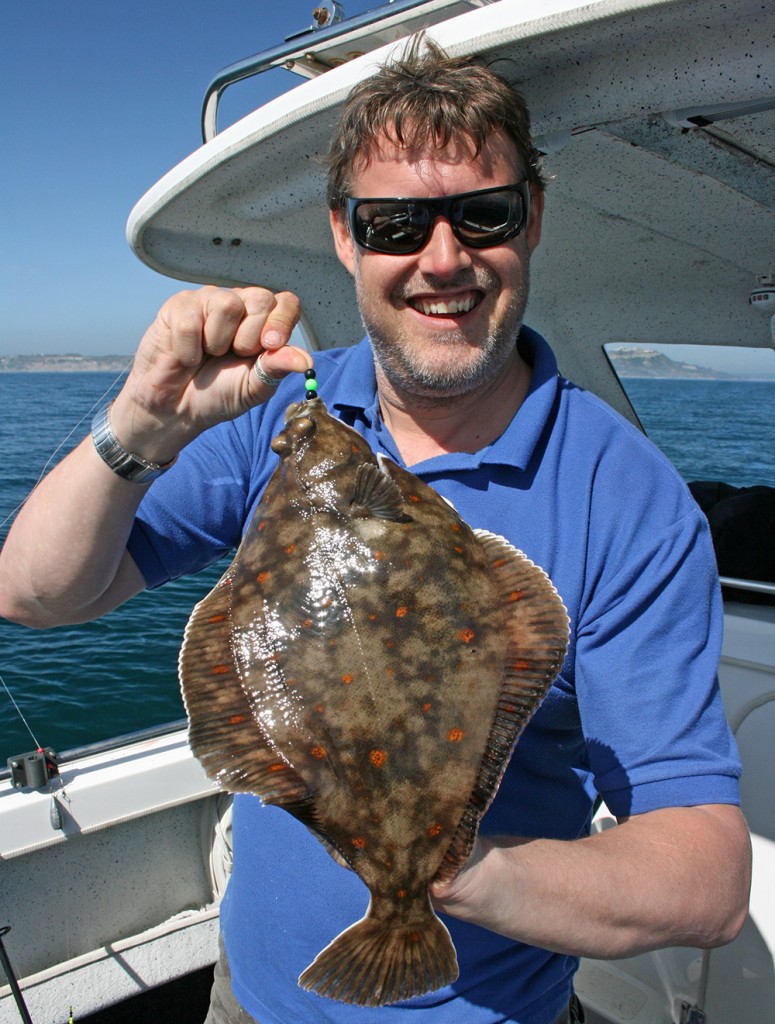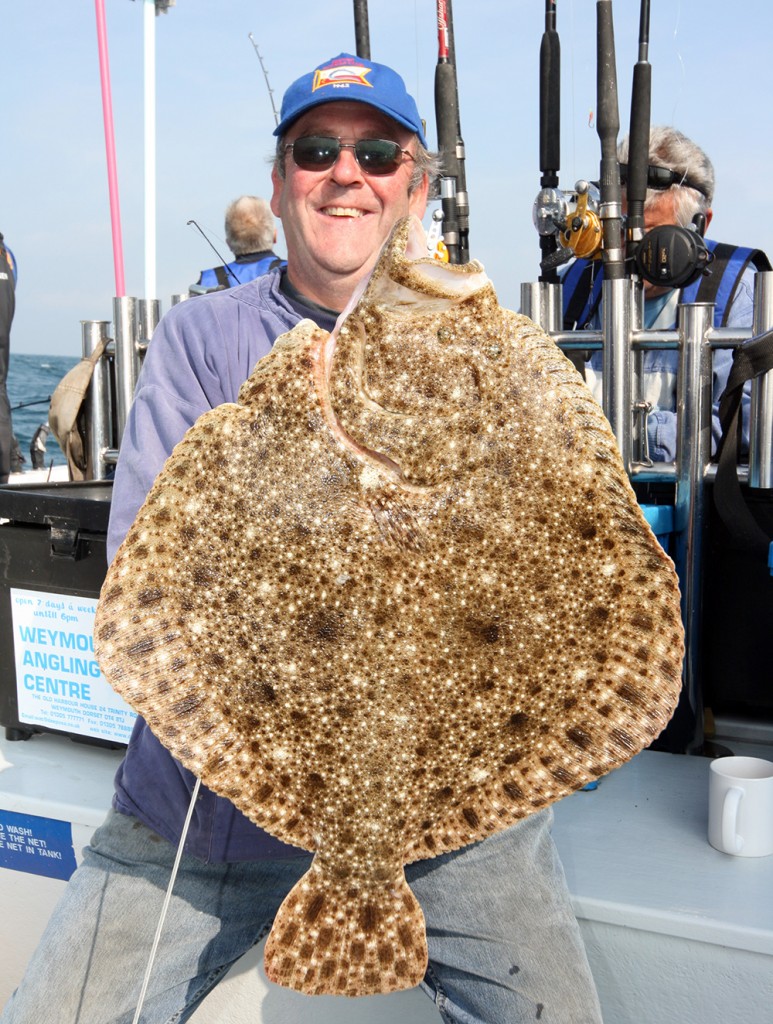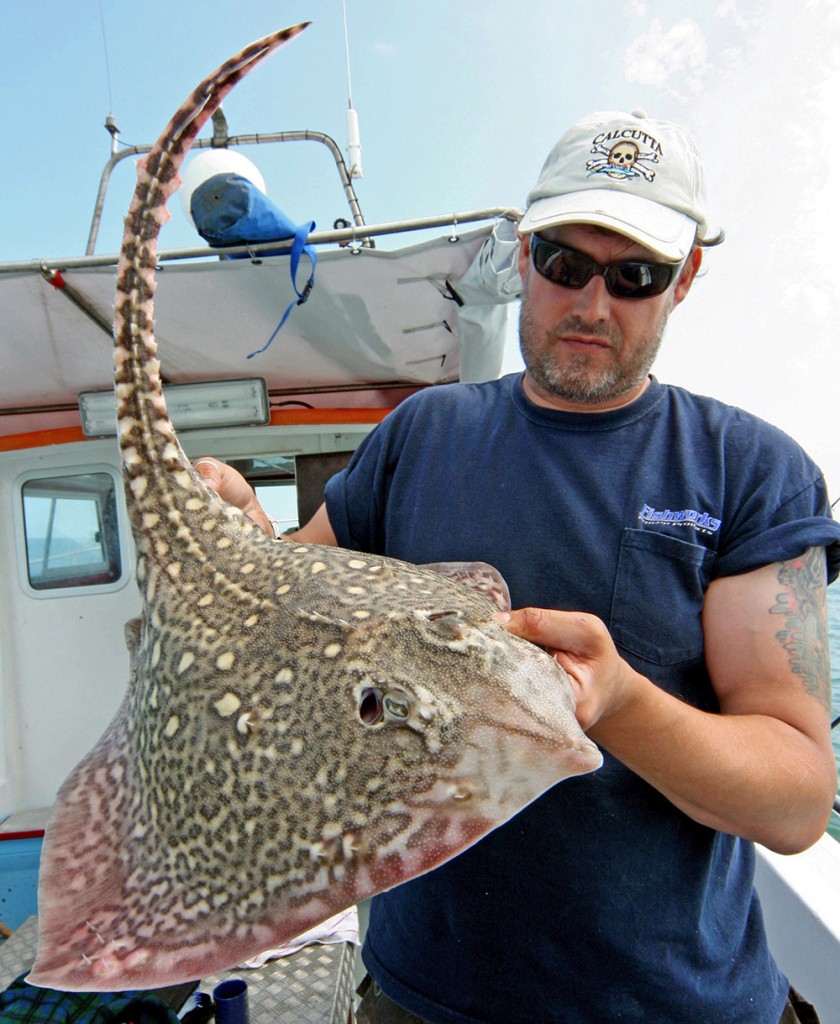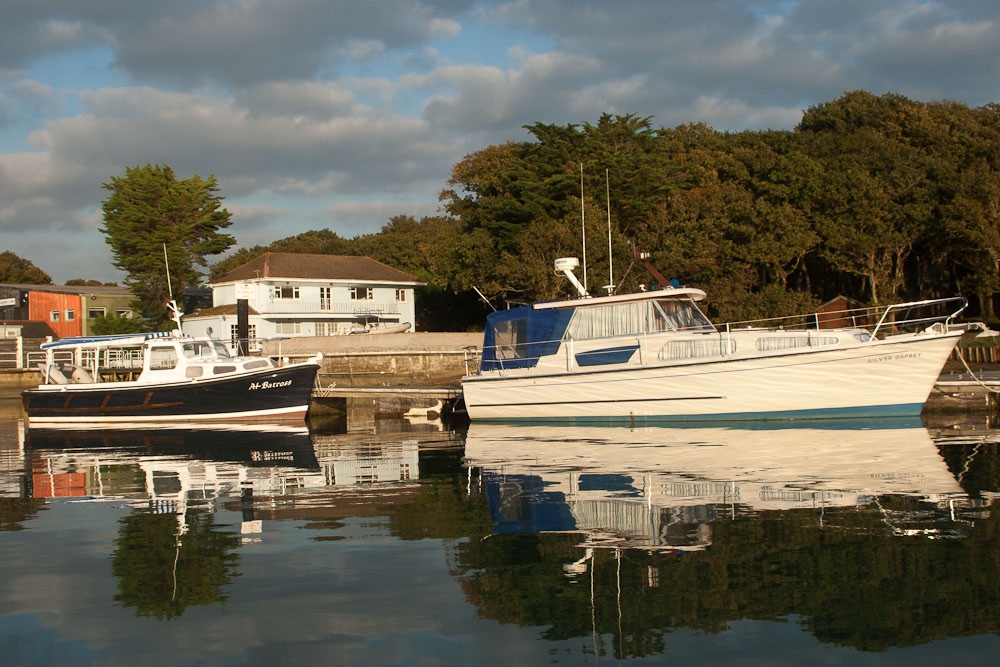With the fishing season in the UK fully underway, whether you have a fishing boat or are a waterside angler, fishing is one of the nation’s most popular pastimes.
There are plenty of fish species targeted by boat anglers in the UK – from river fish and other freshwater fish, to sea and saltwater fish – there are far too many to mention in one article. So I’m going to keep it simple and focus mainly on the fish that we like to catch and eat – after all, unless you’re into fishing purely for sport, it’s safe to say that most people will have a go at trying to catch a fish for their supper.
Cod
Most people in the UK have eaten cod at one time or another, be it from the local chip shop, or even in fish fingers. It’s one of the Nation’s favourite fish, and as such it is also one of the boat anglers’ more common targets.
It is possible to catch cod all-year-round in UK waters, with two distinct runs of fish being noted – namely the winter fish and summer fish. During the winter months you will find most boat anglers fishing at anchor using baits such as lugworm and squid to tempt cod, but during the summer months the cod can be caught on the drift while fishing with lures over wrecks and reefs. An average size cod is around 5lb, but they can grow to over 100lb!
Bass
Often referred to as ‘Sea Bass’, the bass is another of the UK’s favourite eating fish, made popular in recent years by fancy restaurants and celebrity TV chefs. For boat anglers though, the bass provides heart-stopping sport when targeted with light tackle. They can be caught throughout the year, with the peak months being May through to October.
Just like cod, bass can be caught on bait at anchor, or with lures and livebaits on the drift. The sporting qualities of bass are second to none, and the fact that they taste divine just adds to their appeal.
Bass are extremely slow growing, and many anglers have fished for bass all of their lives and still haven’t managed to catch one over the magical 10lb mark.
Plaice
Adorned with beautiful red spots on their backs, there’s no mistaking a plaice from other flatfish. Another chip shop favourite, there is little that swims in our seas that can compare to a freshly caught fillet of plaice. Shallow fried in breadcrumbs and drizzled with fresh lemon juice, the plaice is one of the tastiest fish in the sea.
They are usually fished for on the drift with light tackle, providing some great sport, but there is certainly a knack for catching them – it’s not at all easy. Plaice can grow to 8lb or more, but an average size is around 2lb.
Turbot and Brill
Another two members of the flatfish family, turbot and brill are without doubt the kings of the sea as far as fancy food is concerned. Step into any half decent restaurant and you won’t expect to get much change out of £30 for a single portion of turbot!
Like most flatfish they are caught on the drift, and again, there is a definite knack to catching them, which makes it all the more rewarding when you manage to get one in the boat.
Turbot grow to 30lb, but their smaller cousin the brill rarely tops 10lb.
Pollack
The humble pollack is one of the most prolific fish in the sea, and also one of the hardest fighters, which is why they are so sought after by boat anglers. Fishing on the drift over wrecks and reefs with lures is the most common approach when targeting them.
Like most members of the cod family, the pollack can be caught all year round. They’re very nice to eat, and can reach weights in excess of 20lb.
Black Bream
Another species that is highly prized both for its eating and fighting qualities is the black bream. An average size bream weighs around 2lb, but they can grow to well over 6lb.
The bullyboys of the sea, you really know about it when you hook into an angry bream. Mostly fished for at anchor with small worm or squid baits on small, strong hooks. You can’t beat a fresh bream on the barbecue!
Mackerel
Is there a finer tasting fish than a freshly caught mackerel? I don’t think so. If you’ve never eaten a mackerel that has come straight out of the sea, then you haven’t lived. Trust me, it’s a world apart from the ones that have been laying on the slab in Tesco for a week.
Straight out of the sea and either put under the grill or on the barbie, or kept on ice for just a couple of hours until such time as you can cook them, there is no finer seafood – and they’re very easy to catch.
Even if you’ve never fished before, you can lower a string of ‘feathers’ into the sea with a weight on the end and catch yourself some mackerel – you don’t even need a fishing rod, a hand line will suffice.
Rays
There are numerous species of rays that inhabit UK waters, with the most common being the thornback ray. Again, another chip shop favourite, the thornback ray can be caught all year round all around the UK coastline. Rarely exceeding 20lb in weight, an average size is 10lb.
There are other rays such as the Undulate, Blonde, Small-Eye, Spotted and Cuckoo, with the Stingray being the largest UK ray reaching weights over 80lb.
Other sporting UK fish species
There are loads of species that are targeted by boat anglers, purely for sport. Some species are protected by law, so it is illegal to kill them anyway.
Some of the more sporting species include porbeagle sharks, which can reach weights well in excess of 400lb. Blue sharks, which can weigh over 200lb, and common skate, again reaching over 200lb in weight.
Then there are tope and smoothhounds, both members of the shark family, which are great fun on light tackle.
Conger eels can grow to well over 100lb, and these wreck or reef-dwelling snakes can provide a great day’s sport.
Inspired?
If reading about the UK’s main fish types has inspired you to give fishing a go, why not learn more with our features, Fishing for Beginners, Boat fishing in the UK: a guide, How to take your kids fishing, and Fishing boats: a buyer’s guide.
Editor’s note: This article was originally published on May 2016, and updated in June 2024.












